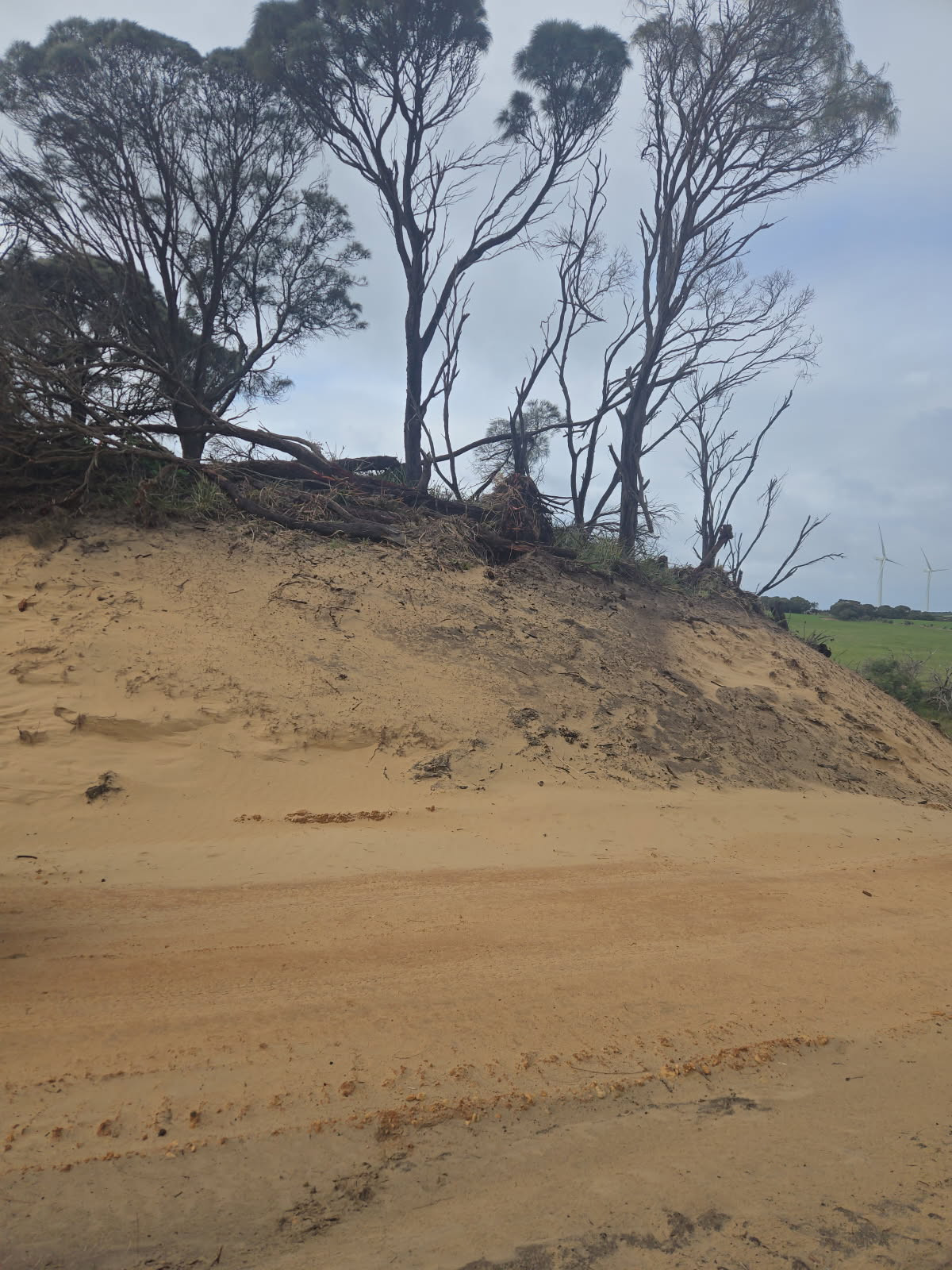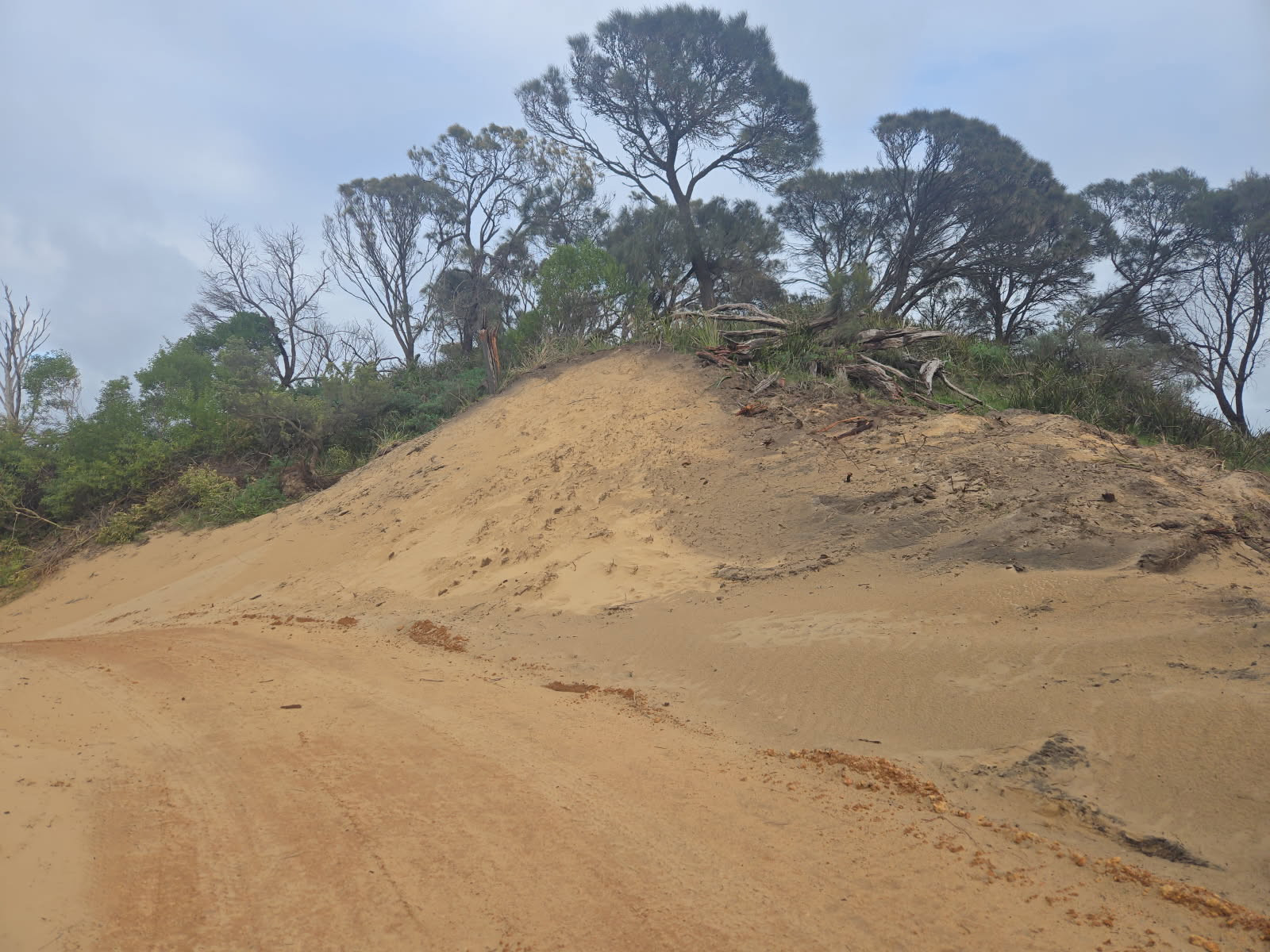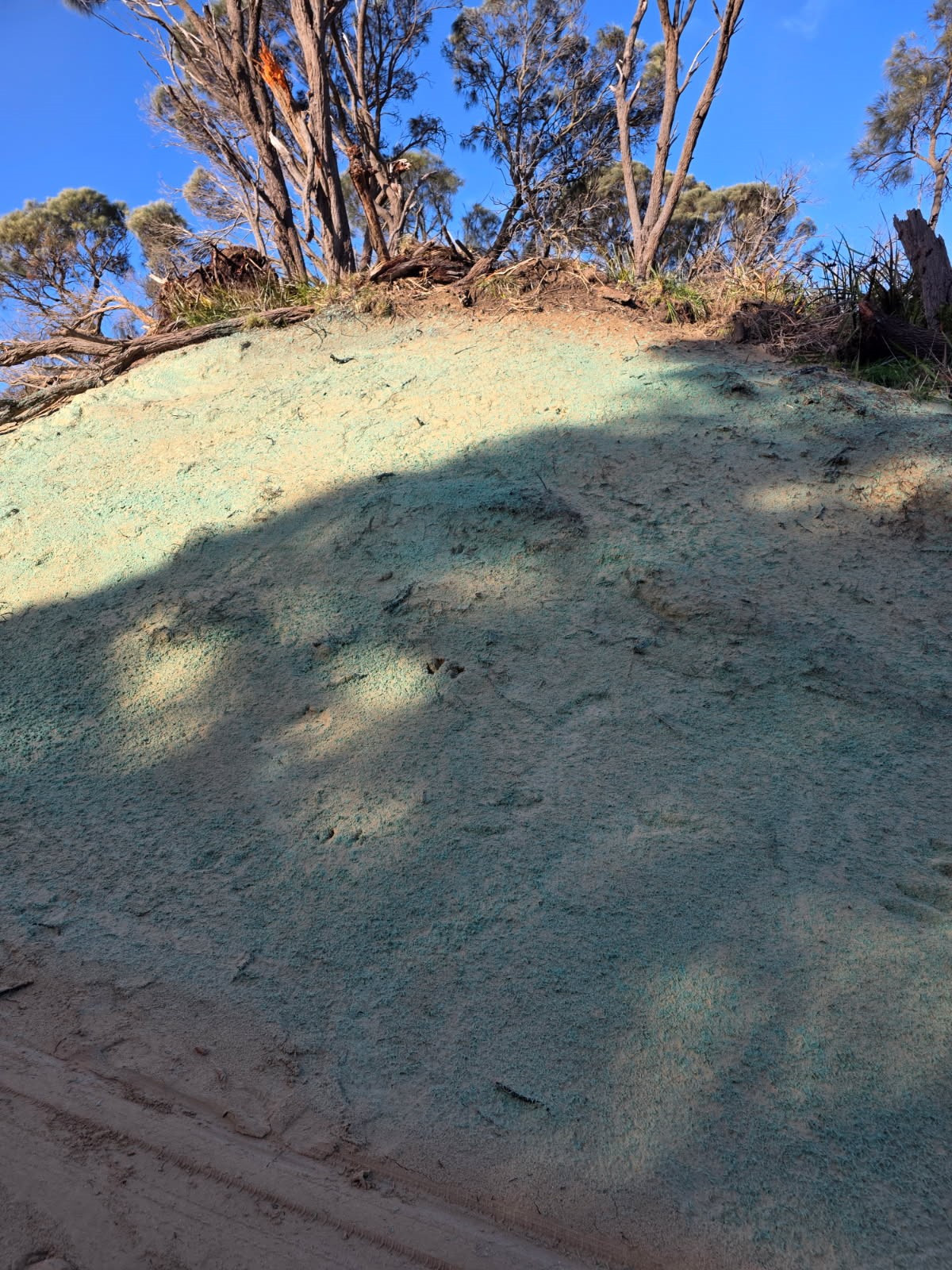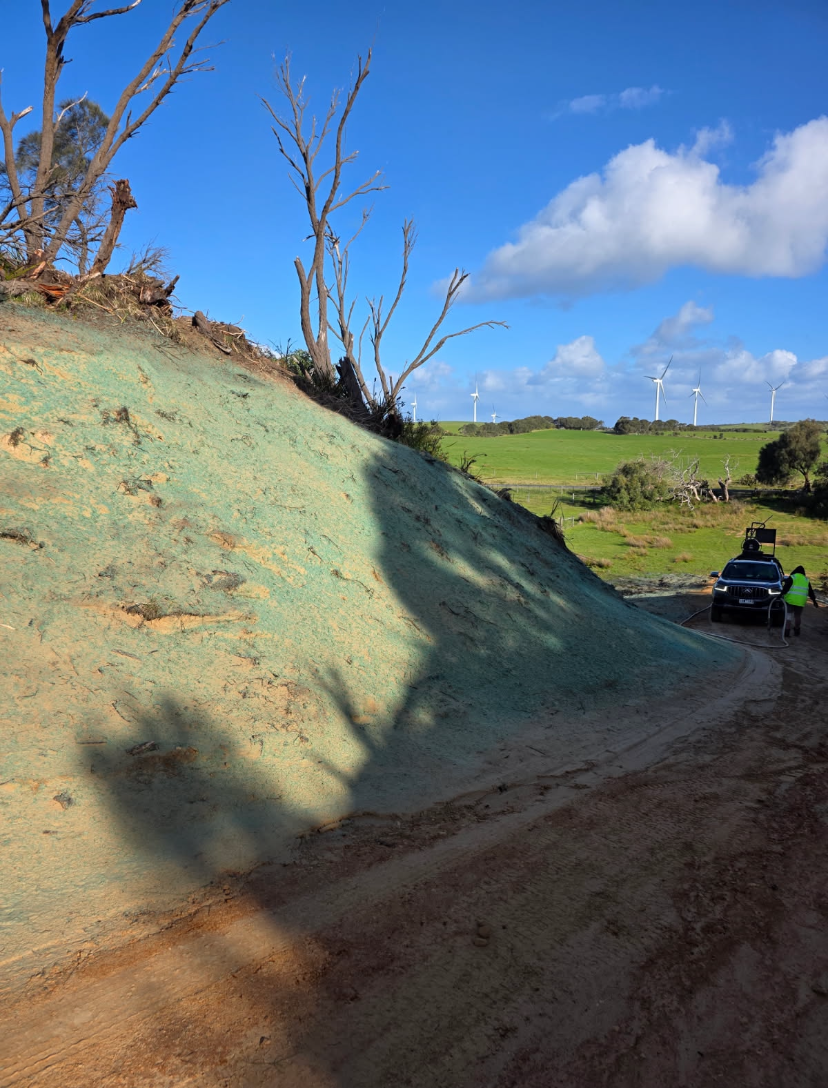Erosion control is essential for protecting Australian land from the harsh effects of wind, rain, and runoff.
Whether you’re managing a construction site, rehabilitating a mining area, or maintaining a residential slope, preventing erosion protects topsoil, reduces pollution, and safeguards our natural environment.
Southern Hydroseeding knows Australia’s diverse climate - from tropical downpours to dry inland winds - it makes soil erosion a constant challenge. Fortunately, with the right approach, Southern Hydroseeding can stabilise your land, encourage healthy vegetation, and staying compliant with local environmental standards.
Here’s how Southern Hydroseeding does erosion control in Australia.
Assess Your Site
Before starting any erosion control work, assess your site conditions. Understanding your soil, slope, and water flow helps determine the right methods.
Key factors to consider:
Soil type: Sandy soils erode quickly in coastal regions; clay soils resist erosion but can crack and wash away when waterlogged.
Slope gradient: Steeper slopes require stronger erosion control measures.
Drainage patterns: Identify how water flows during heavy rain.
Vegetation cover: Bare soil is the most vulnerable to erosion.
What are the methods for Soil Stabilisation?
Vegetation
Vegetation is the most natural and sustainable way to control erosion. Plants protect soil from rain impact and their roots hold it firmly in place.
Turf and Groundcovers
For residential or small-scale areas, laying turf or planting spreading groundcovers such as Myoporum parvifolium offers instant protection and helps prevent surface runoff
Hydroseeding
Hydroseeding is one of Australia’s most effective soil stabilisation methods. It involves spraying a slurry of seed, mulch, fertiliser, and binder onto bare ground. The mulch layer protects seeds from erosion while they germinate, creating rapid ground cover.
Ideal for:
Slopes and embankments
Roadside and construction site
Mine rehabilitation projects
Hydroseeding is fast, cost-effective, and adaptable to different Australian climates - from humid coastal zones to arid inland regions. Contact our Team today for options
Native Grasses and Shrubs
Planting Australian native species supports biodiversity and provides long-term erosion protection. Great options include:
Lomandra longifolia (Mat Rush) – Deep roots for slope stabilisation.
Themeda triandra (Kangaroo Grass) – Hardy and drought-tolerant.
Rytidosperma spp. (Wallaby Grass) – Ideal for open, sunny areas.
Native plants thrive in local conditions, need less maintenance, and resist pests naturally.


Use of Mulching and Erosion Control Matting
Mulching is one of the simplest yet most effective erosion control methods.
Organic mulch (like sugarcane, straw, or wood chips) shields soil from direct rainfall and maintains moisture.
Coir or jute mats (biodegradable) hold soil in place while new plants establish.
These materials are especially useful along creeks, roadside batters, and drainage channels.
Manage Water Flow
Water management is at the heart of erosion control. Uncontrolled runoff quickly leads to rills, gullies, and sediment loss.
To manage water flow effectively:
Contour banks: Built along the land’s contour to slow and direct runoff.
Swales: Shallow, vegetated ditches that guide and filter water.
Check dams: Small rock or log barriers that reduce water speed.
Sediment basins: Capture runoff and trap sediment on construction sites.
These systems are critical during heavy rain periods such as Victoria’s winter storms.
Install Structural Controls
Where slopes are steep or soil is unstable, mechanical structures offer additional protection.
Common Structural Erosion Control Techniques:
Retaining walls and terraces – Prevent slope collapse and reduce water velocity.
Riprap (rock armouring) – Protects creeks and drains from scouring.
Silt fences – Temporarily trap sediment on active construction sites.
When combined with hydroseeding or vegetation, these structures deliver both immediate and long-term erosion resistance.
Contact us today to discuss.
Maintain and Monitor Regularly
Erosion control is an ongoing process. Australian weather can change rapidly - a single storm can undo months of progress.
Regular maintenance includes:
Inspecting all erosion control measures after major rain events.
Repairing damaged fences, mats, or channels immediately.
Reseeding bare patches to maintain continuous ground cover.
Clearing drains and sediment traps to prevent blockages.
A consistent maintenance schedule helps ensure your erosion control system performs effectively year-round. Speak to Southern Hydroseeding today for advice.
Use Sustainable and Eco-Friendly Materials
Modern erosion control focuses on sustainability. Using biodegradable, non-toxic materials reduces waste and supports local ecosystems.
Eco-friendly options include:
Coir (coconut fibre) mats
Jute mesh and biodegradable netting
Organic mulches and composts
Native seed blends specific to your region
Southern Hydroseeding now use environmentally friendly hydromulch blends that ensure environmental management is ongoing for your sites.
Combine Methods for Best Results
The most successful erosion control plans use a combination of methods for layered protection.
Examples:
Hydroseeding + coir matting for steep slopes.
Mulch + native planting for residential areas.
Check dams + swales for construction drainage control.
By combining short-term (physical barriers) and long-term (vegetation) strategies, Southern Hydroseeding create a resilient, self-sustaining system that stands up to Australia’s challenging climate.


Erosion control is essential to maintaining the health of Australia’s land and waterways. With our unique soils, unpredictable rainfall, and strong winds, implementing effective erosion control methods isn’t optional - it’s a necessity.
By following these steps - from hydroseeding and mulching to water management and maintenance - you can protect your property, support biodiversity, and meet environmental compliance standards.
Contact the Team today at Southern Hydroseeding to discuss how you can control the erosion on your property.


